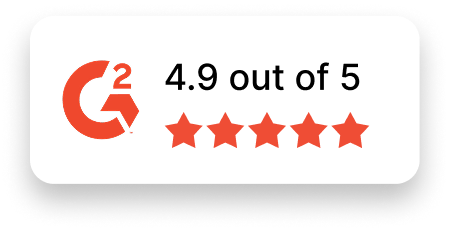JavaScript Developer Job Description Template
Use this template to craft job descriptions for hiring JavaScript Developers. Customize it to align with your organization’s specific goals and requirements.
Job Title: JavaScript Developer
Location: [Specify Location or Remote]
Job Type: [Full-time/Part-time/Contract]
About the Role
We are seeking a talented and driven JavaScript Developer with expertise in crafting dynamic and interactive web applications. You will collaborate with cross-functional teams to design seamless user interfaces, enhance website functionality, and optimize user experiences.
If you’re passionate about writing clean code, solving complex problems, and staying up to date with emerging technologies in web development, this is a fantastic opportunity to contribute to challenging and rewarding projects.
Responsibilities
- Design, develop, and maintain web applications using JavaScript frameworks and libraries like React, Angular, or Vue.js.
- Write efficient, maintainable, and scalable code following best practices.
- Collaborate with designers and backend developers to implement intuitive and responsive user interfaces.
- Troubleshoot and debug applications to ensure optimal performance and functionality.
- Optimize applications for maximum speed and scalability across devices and browsers.
- Stay up to date on the latest tools, frameworks, and trends in frontend development.
- Integrate APIs and third-party services to enhance application features and functionality.
- Conduct code reviews and provide constructive feedback to team members.
- Participate in Agile methodologies, including sprint planning, daily standups, and retrospectives.
- Document development processes and contribute to technical knowledge sharing within the team.
Required Skills & Experience
- Bachelor’s degree in Computer Science, Software Engineering, or a related field (or equivalent experience).
- Proven experience as a JavaScript Developer or similar role.
- Proficiency in core JavaScript, ES6+ features, and modern frameworks like React, Angular, or Vue.js.
- Strong understanding of HTML5, CSS3, and responsive design principles.
- Experience with version control systems like Git.
- Familiarity with RESTful APIs and asynchronous programming.
- Strong debugging and problem-solving skills.
- Ability to create clean, reusable, and well-documented code.
- Excellent communication and collaboration skills to work effectively in a team environment.
Nice-to-Have Skills
- Experience with server-side JavaScript development (e.g., Node.js).
- Familiarity with state management libraries like Redux or MobX.
- Knowledge of TypeScript for strongly-typed JavaScript development.
- Background in test automation using tools like Jest, Mocha, or Cypress.
- Understanding of CI/CD pipelines and deployment workflows.
- Experience working in cloud-based environments like AWS, Azure, or Google Cloud.
- Familiarity with building Progressive Web Apps (PWAs).
- Knowledge of web accessibility standards and best practices.
Why Join Us?
- Engaging Projects: Work on dynamic, high-impact applications and platforms that make a difference.
- Collaborative Teamwork: Join a passionate group of developers and contribute to cutting-edge solutions.
- Learning Opportunities: Access resources to grow your skills and stay ahead in JavaScript development.
- Work-Life Balance: Enjoy flexible working arrangements tailored to your needs.
- Inclusive Culture: Be part of a diverse workplace where your ideas and unique contributions are celebrated.
Apply Now
Are you ready to apply your JavaScript expertise and create exceptional web applications? Join [Your Company Name] as a JavaScript Developer and help us deliver world-class user experiences. Apply today!

